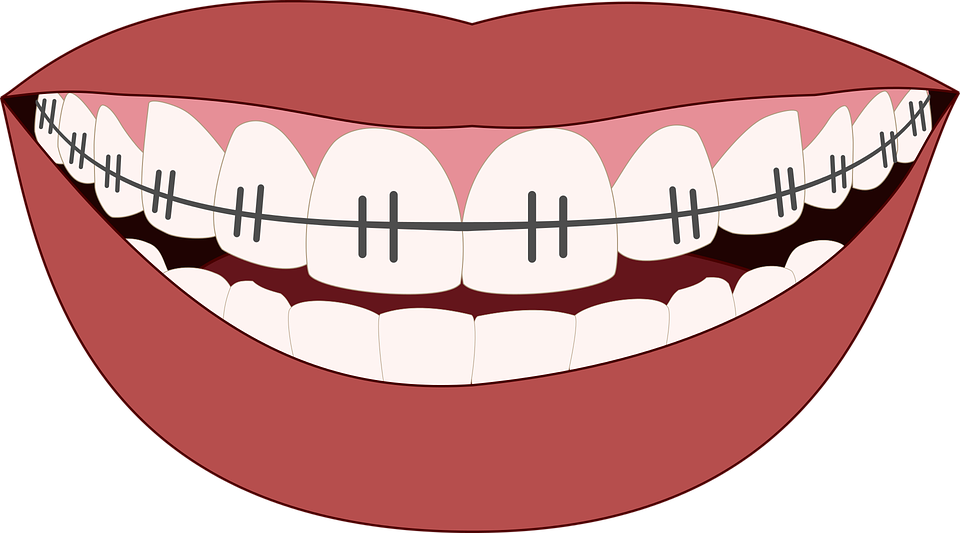Dentist
Tips for Discussing Orthodontic Treatment with Patients
Emily Taylor, Thurman Orthodontics
The thought of getting orthodontic treatment can be scary for patients, and if you feel like you’re meeting resistance when you suggest it, you’re not the only one. Many dentist find it difficult to get patients on board with the idea of dental braces, while other seem to have no trouble with patience compliance or engagement.
The key lies in the way you handle the conversation, and theses simple changes can help:
Courtesy Puts Patients at Ease – We tend to assume that patients are ready and willing to have a discussion about their dental care. This is probably true, otherwise they wouldn’t approach you for a checkup or orthodontic treatment at all!
However, try asking for permission before entering the conversation. Most patients will agree to the discussion, and this agreement creates a sense of responsibility and participation. It makes them more likely to pay attention to your questions, advice and suggestions, but also shows that you’re giving them a choice instead of just “preaching” at them.
Focus on a Two-Way Conversation – As health professionals, we’re used to jumping straight to the point, telling patients about any problems we notice and what they should do about it. Any successful discussion goes both ways, though.
It’s important to understand your patient’s needs, awareness and involvement as well. For instance, ask if they know why they need orthodontic treatment, or whether they are familiar with the different types of braces. Asking questions will also tell you if they’re more interested in cosmetic or health benefits, so you can customize your responses.
Point Out Positive Aspects Too – We’re often so focused on dealing with dental problems that we forget about mentioning areas where a patient has good dental health. These can act as a powerful motivational tool for people.
For instance, if someone has crooked but cavity-free teeth and healthy gums, take a moment to recognize the effort they put into dental hygiene and care. Then, you can bring up solutions for realigning their teeth. This builds patient confidence, making the end goal seem closer and the process far more manageable than talking only about problems.
Put Time and Investment into Perspective – Most people worry about the time and cost involved in orthodontic treatment. Overcoming these barriers becomes easier when you compare against the long-term benefits of braces.
For example, you could mention that just a year or two of wearing braces could prevent a lifetime of self-consciousness for a child with misaligned teeth. The same way, an investment in braces or aligners today could help both children and adults avoid severe dental problems down the line, which would be far more expensive, painful and time-consuming.
An Indirect Approach Could Help – Motivating patients to take care of their braces, or even agree to get them can be challenging. After all, telling them they need orthodontic treatment is not always enough to make them want it.
Instead, try introducing them to the benefits of certain types of braces indirectly. If they aren’t worried about how their teeth look, for instance, mention that metal or ceramic braces have helped other people bite or chew better. For those concerned about aesthetics, quote specific examples of patients wearing lingual braces without anyone noticing them.
With various types of braces available these days, there’s something to suit every patient’s needs. Asking the right questions and making patients feel like part of the conversation is the most effective way to increase their confidence in you, and motivate them to get orthodontic treatment at the earliest!


